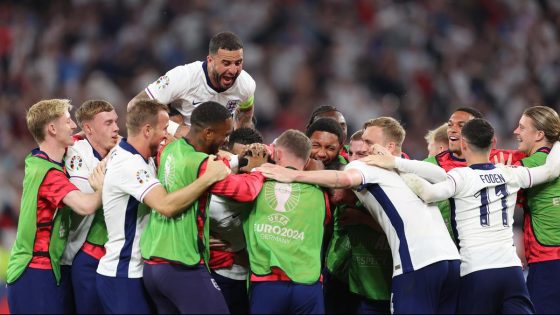England has received a lot of flak for its performance on the field in Euro 2024 and decisions taken by its head coach Gareth Southgate.
But the Three Lions have defied the odds to reach consecutive finals (faced Italy in the Euro 2020 final) in the European Championships, facing Spain in the summit clash in Berlin.
England, underfiring from the opening game, was expected to struggle against the Netherlands in the semifinal, but things panned out differently.
ALSO READ: Euro 2024: Watkins channels the vibes and belief to fire England through to another final
The Three Lions played a high line, finding the winner in second-half stoppage time off Ollie Watkins.
England went behind early in the game but was awarded a fortunate penalty in the 18th minute after Denzel Dumfries struck Harry Kane’s foot inside the box in an attempt to block a volley but mistimed his intervention. The veteran striker converted the penalty and took command of the proceedings.
They dominated the first half in terms of chance creation and showed more intent in the final third than it did in all of its five earlier games combined. It held 62.6 per cent possession in the first half and made 95 passes into the final third compared to the opposition’s 38. Southgate’s men also took seven shots out of which only three went off-target by the end of the first 45.
Evolution of England’s tactics and formation in Euro 2024
In the first four games, England played with a 4-2-3-1 formation, with Jude Bellingham as the central attacking midfielder and Phil Foden and Bukayo Saka deeper on the wings.
Harry Kane was the lone centre-forward.
England scored only four goals and barely scraped through.
Although it was excellent defensively, its central midfield pairing failed to feed the ball to its attackers. Before Kobbie Mainoo, Declan Rice was joined by Trent Alexander-Arnold and then Conor Gallagher but both players failed to make a difference in fueling England’s attacks.
ALSO READ: Euro 2024- Netherlands’ Koeman signs off Euro 2024 with thanks to team and fans
In the opening game against Serbia, Trent could only make four passes into the final third from behind and was later subbed off for Gallagher.
Gallagher too couldn’t shine in the middle of the park. He only made one progressive pass in the first half against Slovenia and was replaced with Mainoo, who although made two progressive passes, received the ball seven times in progressive areas and pushed the ball ahead.
Southgate switched up the formation a bit for the game against Switzerland and although it still struggled, it showed promise which turned into fruition against the Netherlands.
England switched from a back-four to a back-three formation of John Stones, Marc Guehi and Kyle Walker, who was previously playing as the right-back. After that, Kieran Trippier and Bukayo Saka became the left wing-back and right wing-back, respectively, with the latter playing a deeper role than usual.
This was a huge risk since Saka is not comfortable defending. He has only won one tackle in the Euros so far and has committed six fouls.
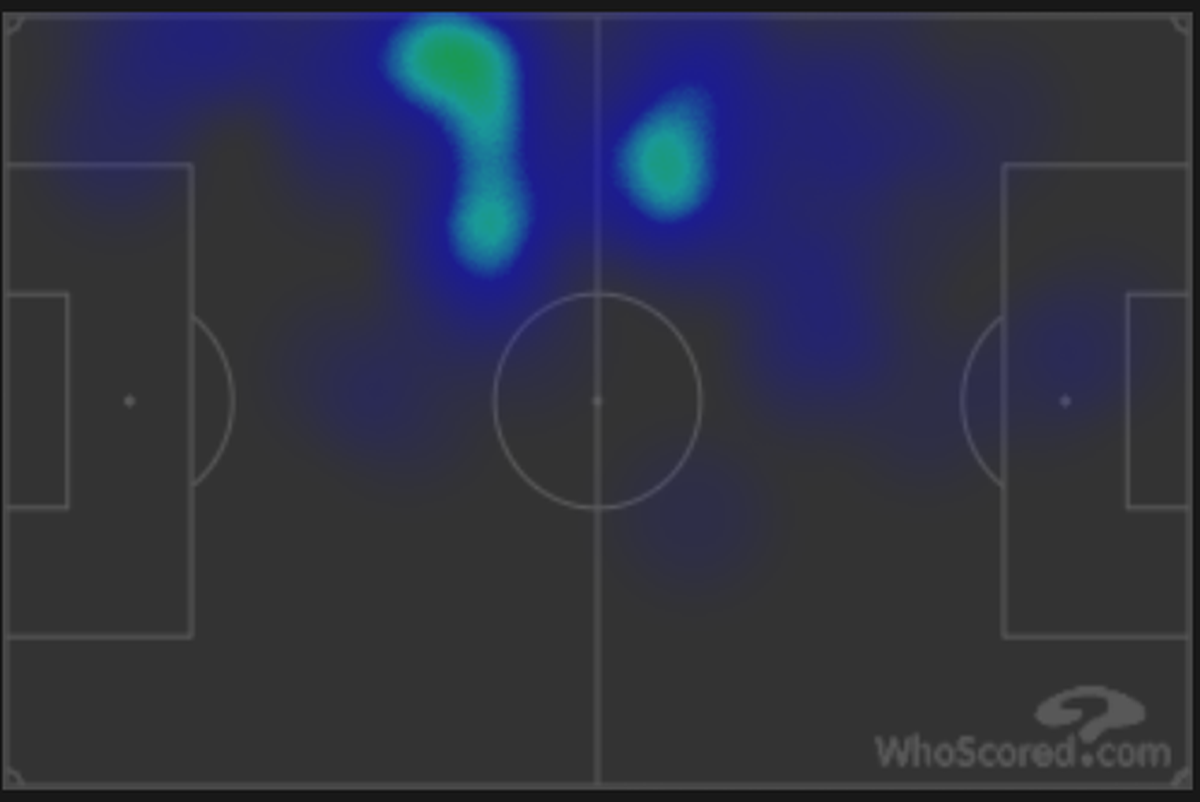
Kyle Walker’s heatmap against Netherlands.
| Photo Credit:
WhoScored.com
Kyle Walker’s heatmap against Netherlands.
| Photo Credit:
WhoScored.com
Walker has been quick enough to make occasional overlapping runs on the wing and play more central at the back. Playing deep has enabled Saka more time and space to do his creative magic.
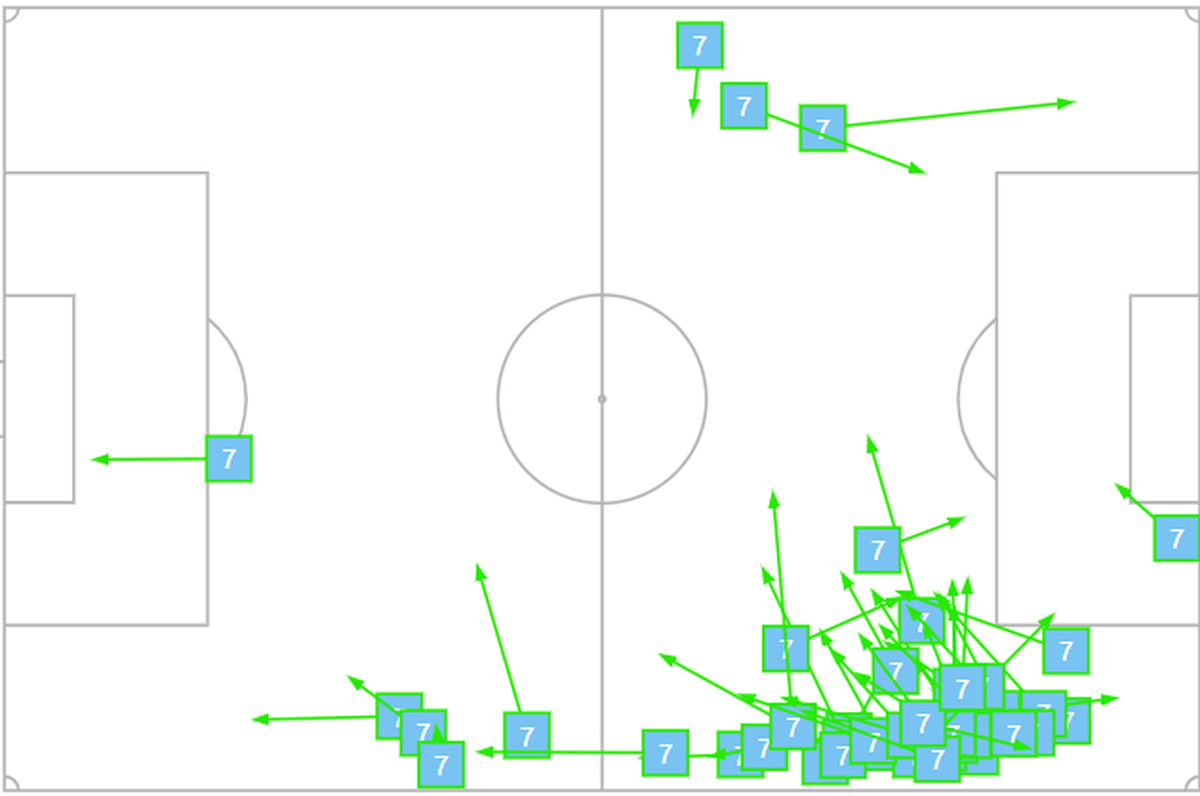
Bukayo Saka’s pass map against Netherlands.
| Photo Credit:
Opta Analyst
Bukayo Saka’s pass map against Netherlands.
| Photo Credit:
Opta Analyst
In the games before, Saka was seen being isolated high up the right flank and couldn’t contribute much to the build-up play. However, he is seeing far more of the ball and has fewer players marking him in England’s last two games after the change in formation.
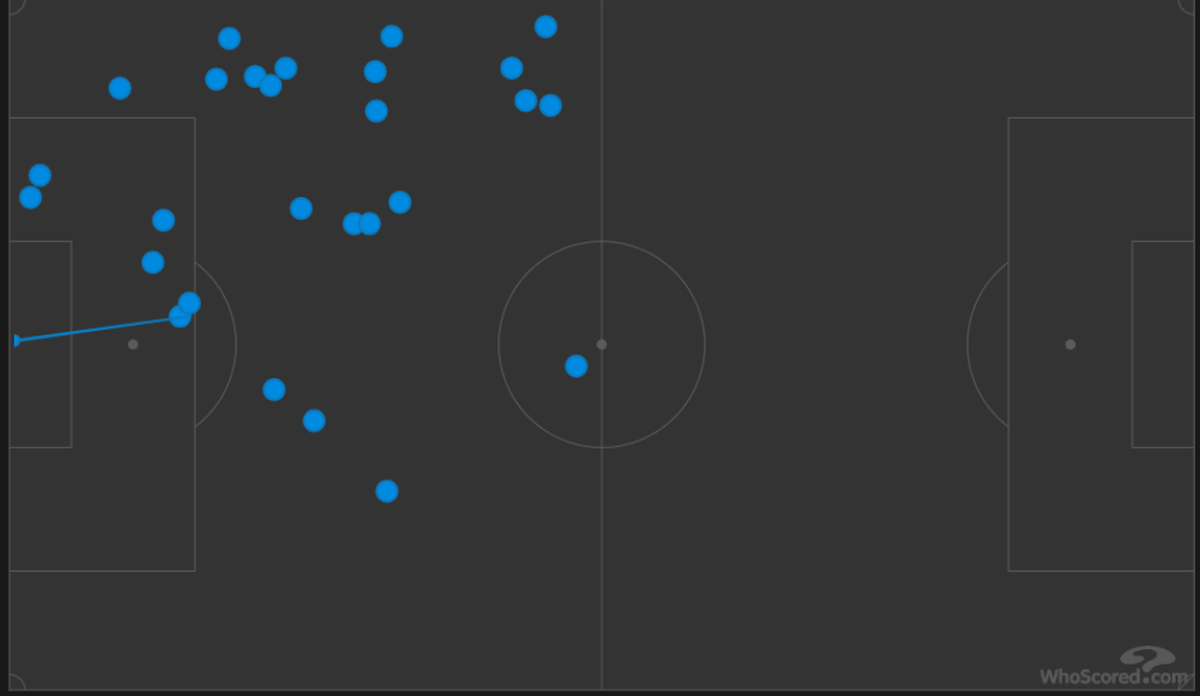
Bukayo Saka’s touches against Netherlands.
| Photo Credit:
WhoScored.com
Bukayo Saka’s touches against Netherlands.
| Photo Credit:
WhoScored.com
This has helped England push the ball effectively on the flanks and it doesn’t have to do it solely through the middle with which it was struggling.
Unlocking the true potential of Foden
The biggest impact of this new formation has been on Foden because though Bellingham had a central role on paper, he kept drifting to the left into Foden’s area in the earlier games.
In the new set-up – both Foden and Bellingham played as central attacking pivots on either side giving the former authority to roam around the box and get into spaces.
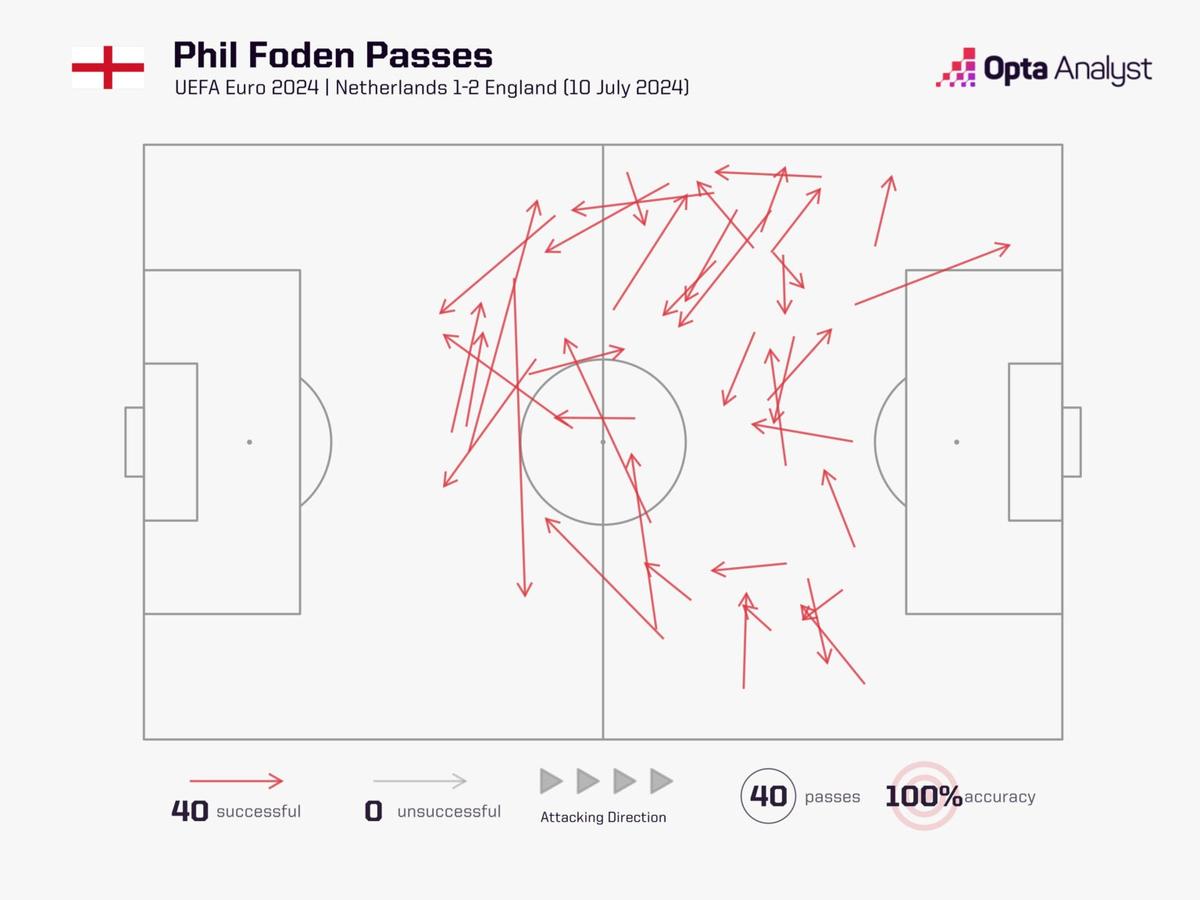
All of Phil Foden’s passes in Euro 2024.
| Photo Credit:
Opta Analyst
All of Phil Foden’s passes in Euro 2024.
| Photo Credit:
Opta Analyst
Foden filled the half-spaces, and with Kane playing deeper, the Manchester City forward acted as a second striker to Kane. Foden, for the first time in Euro 2024, did not look out of place but in the mix of things.
Foden’s certain goal was cleared off the goal-line by Denzel Dumfries in the 23rd minute and then hit the post from distance in the 32nd minute.
Foden took 90 touches in the Switzerland game but wasn’t as effective as he was against the Netherlands in which he just took 56 touches and made 40 passes. However, Foden wasn’t wasteful with the limited possession he had and pushed the ball ahead. Foden impacted the game with his off-the-ball movement and runs into the box.
What was different about England against the Netherlands?
Apart from the change in formation and the rotation of players, what set England’s performance apart was its character while on the attack.
In its previous game against Switzerland, England’s first shot on target was in the 80th minute by Saka which was also its opening and only goal of the night.
England has been notorious for playing too much in its half – slowing the game down. Its passes were observed to be crammed in the midfield as the players kept passing it sideways, switching the wing but hardly making breakthroughs in the final third.
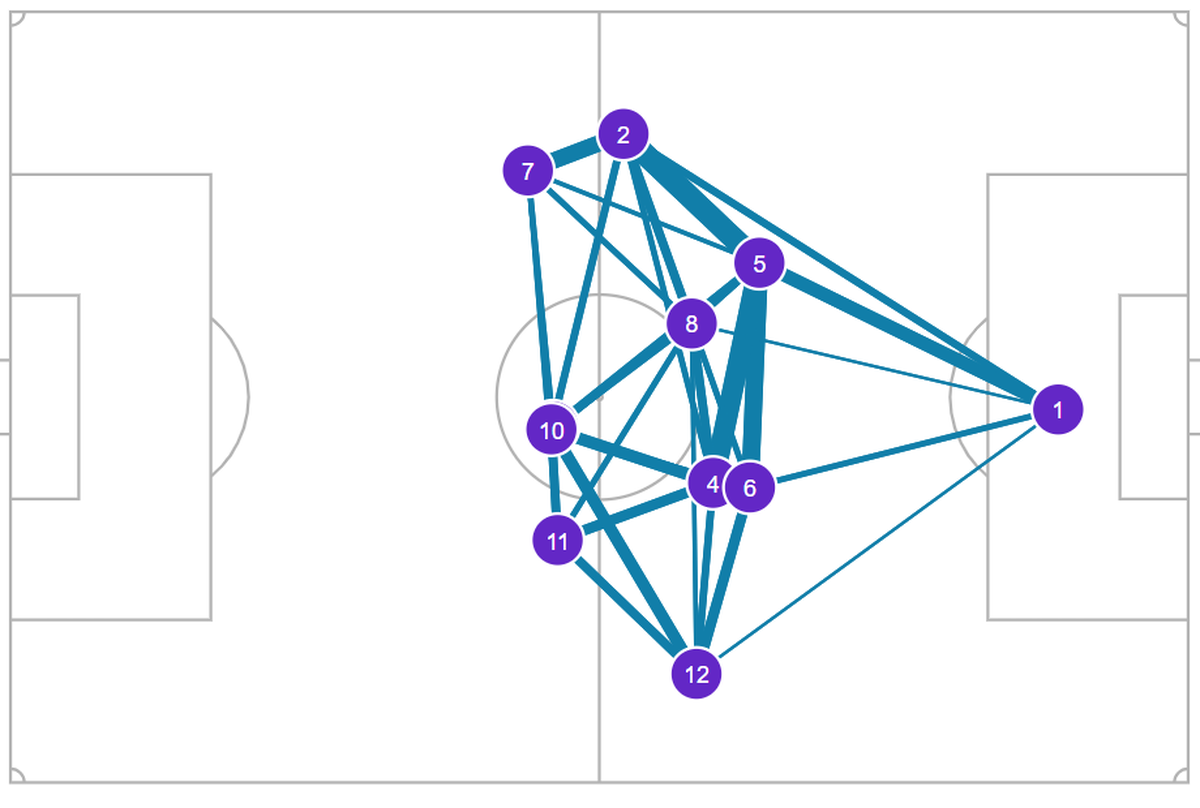
England’s pass map against Denmark in a group stage clash.
| Photo Credit:
Opta Analyst
England’s pass map against Denmark in a group stage clash.
| Photo Credit:
Opta Analyst
England’s passing was too deep and most of it was around the halfway line in the group stage game against Denmark. It seemed like it was playing with seven midfielders and no attackers. Too many negative passes slowed England’s tempo down, which resulted in just four shots on target.
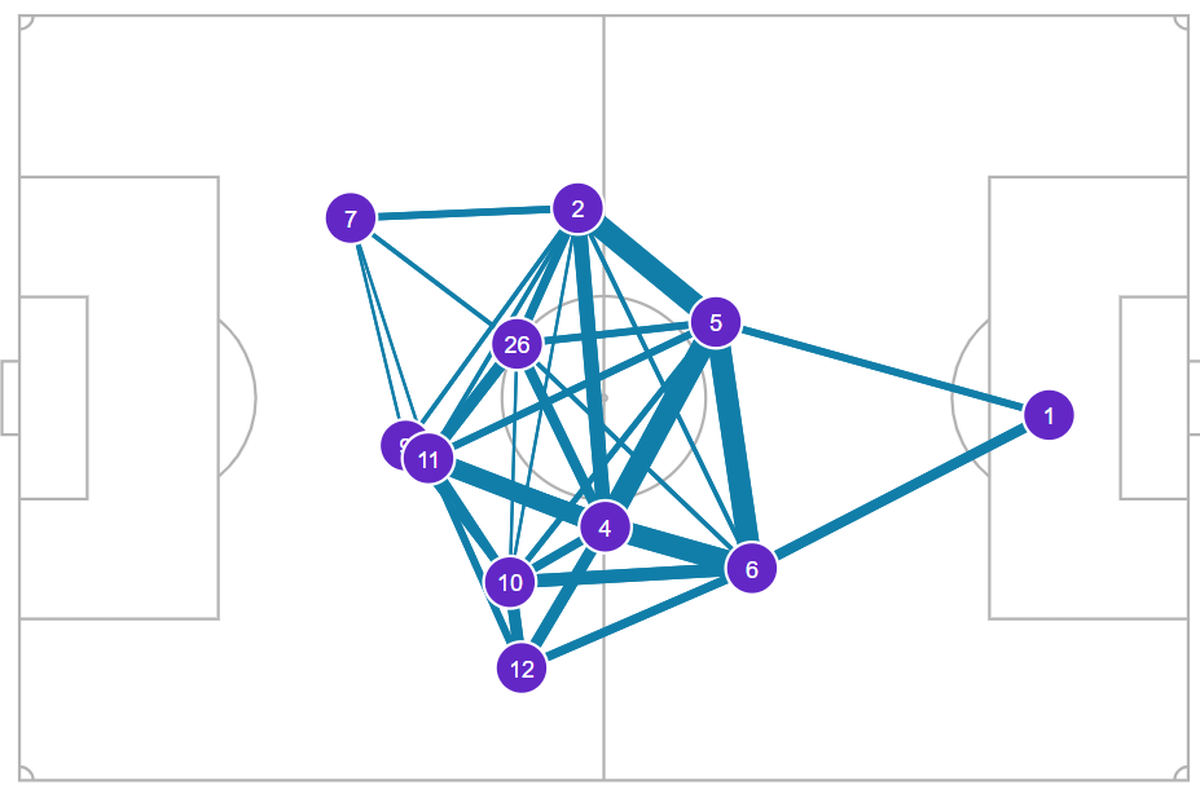
England’s pass map against Netherlands in the Euro 2024 semifinal.
| Photo Credit:
Opta Analyst
England’s pass map against Netherlands in the Euro 2024 semifinal.
| Photo Credit:
Opta Analyst
On the contrary, England’s passing against the Netherlands saw it play higher using an attacking diamond up front.
Kane playing a lot deeper and not getting into the box was a problem, which was fixed since Bellingham and Foden started penetrating the box, giving not one but two options inside to convert chances.
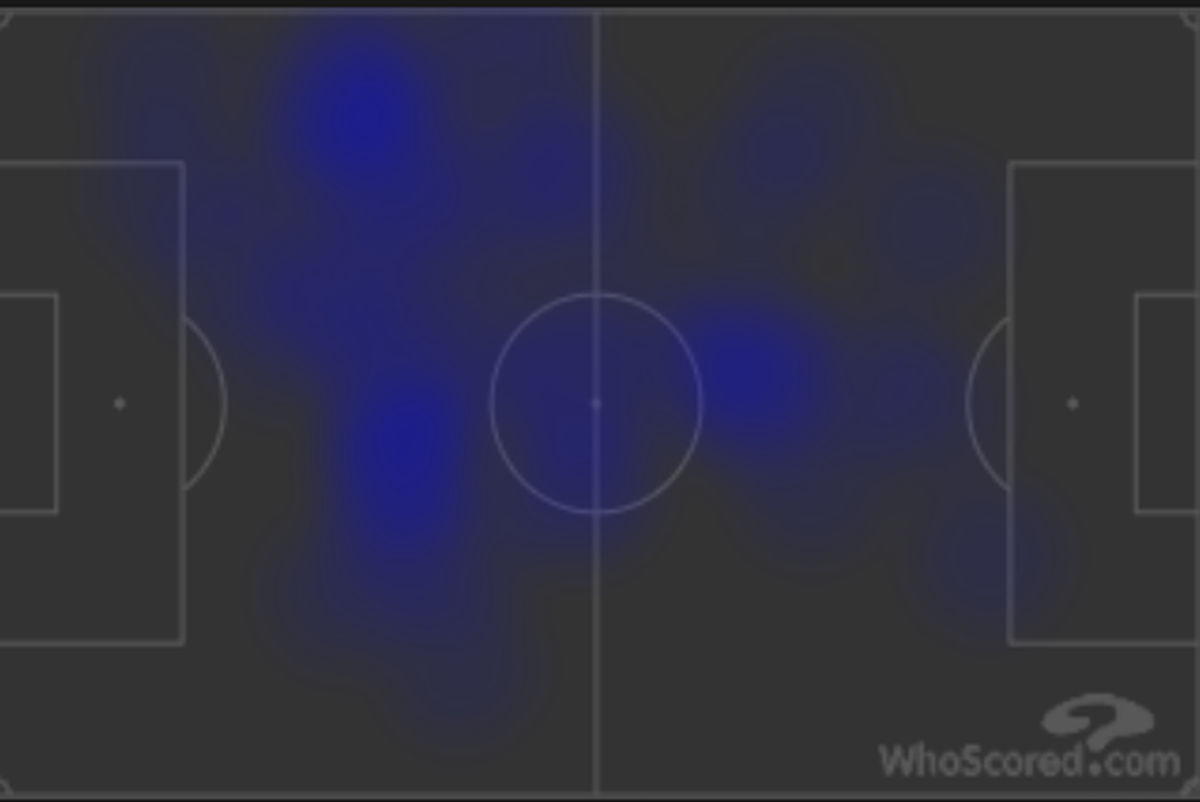
Kobbie Mainoo’s heatmap against the Netherlands.
| Photo Credit:
WhoScored.com
Kobbie Mainoo’s heatmap against the Netherlands.
| Photo Credit:
WhoScored.com
Kobbie Mainoo, a defensive midfielder, played higher from the central midfield position and was seen making lethal passes to help his side transition from defence to attack smoothly. The following visual is a chart of all of Kobbie Mainoo’s successful passes against Netherlands to paint a better picture.
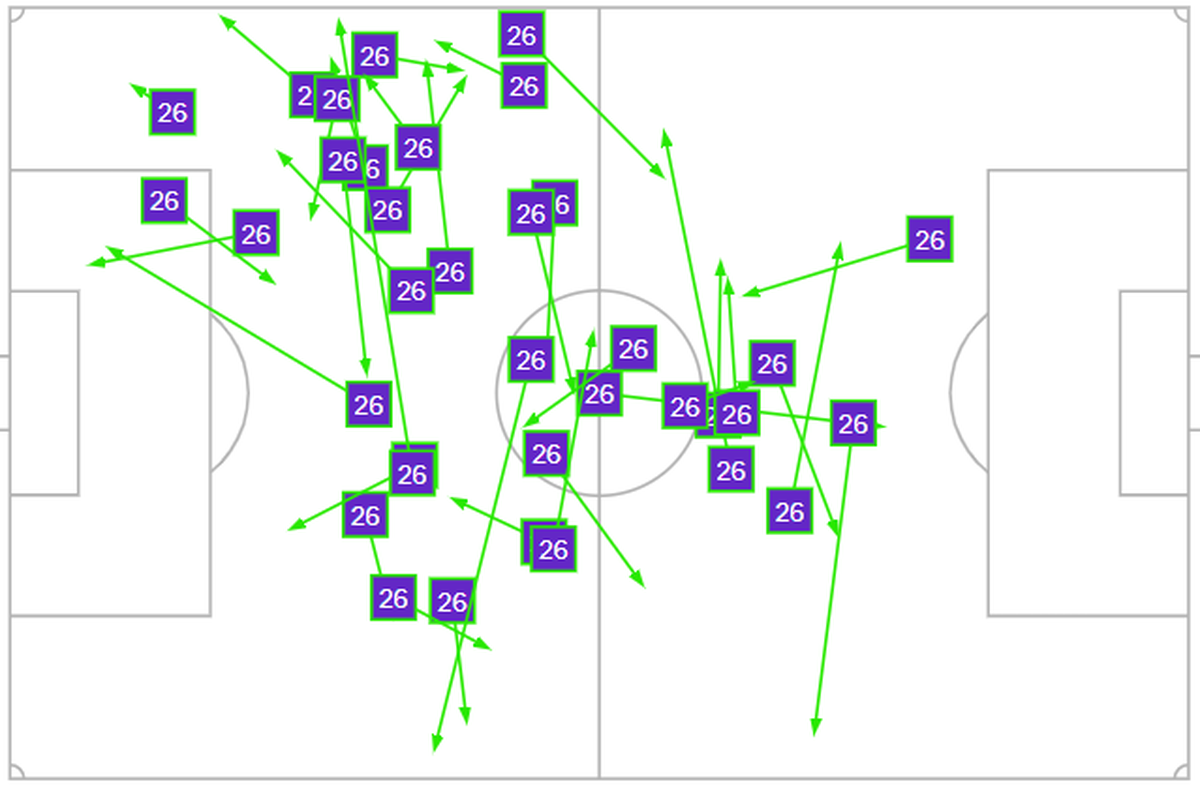
Kobbie Mainoo’s successful passes against Netherlands.
| Photo Credit:
Opta Analyst
Kobbie Mainoo’s successful passes against Netherlands.
| Photo Credit:
Opta Analyst
Moreover, after England conceded the opening goal, off Xavi Simons in the seventh minute, the Brits switched up the tempo. It lost possession of the ball eight times in its half against the Netherlands – way less than against Slovakia (46 times) or Switzerland (28 times).
Southgate subbed on Cole Palmer and Watkins with ten minutes left to play, with the former giving the assist and the latter scoring the winner.
ALSO READ: Euro 2024: England showed character but hungry for more, says Southgate after reaching final
Aston Villa’s Watkins had a brilliant league season and scored 19 goals – fourth highest in the league – to help his club win Champions League promotion. He has only scored four goals for his country, but that is because he has just made 14 appearances and has been under the shadow of superstar Kane. However, the time for Kane to pass the baton could come sooner than imagined and the 28-year-old is an able successor.
Watkins’ winning goal had an xG (expected goal ratio) of 0.06 per cent but despite the odds being against him, he found the bottom left corner from an extremely tight situation and beat the in-form Dutch keeper.
England, after a dim start, looks to be finding its rhythm just in time. And, in Berlin on July 14, Southgate and his boys will aim to capitalise on the same to bring the title home.
Source Agencies

